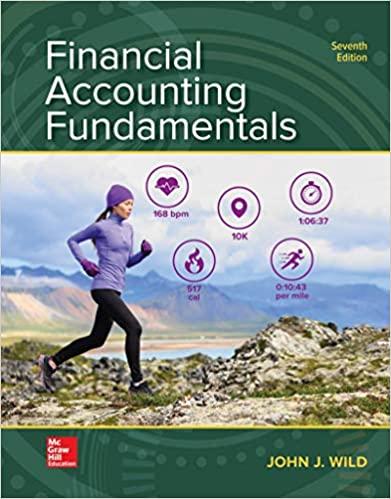Question
Question 41 The EOQ model is the optimal level of average inventory to minimize the total cost of maintaining inventory. True False Question 42 Compensating
Question 41
The EOQ model is the optimal level of average inventory to minimize the total cost of maintaining inventory.
True
False
Question 42
Compensating Balance raises the effective interest rate on a loan.
True
False
Question 43
Supervising the collection of accounts receivable requires close monitoring of average collection period and payment schedule.
True
False
Question 44
An annuity is a series of constant receipts that are received at the end of each year for a period of time.
True
False
Question 45
Discounted present value or discounted cash flow references the sum of cash to be received in the future.
True
False
Question 46
As interest is compounded more often, the terminal value of investment becomes smaller.
True
False
Question 47
Compound interest is the process by which an organization evaluates and selects long-term investment projects.
True
False
Question 48
Payback ignores the time value of money.
True
False
Question 49
Net present value is the difference between the present value of expected future benefits of a project and present value of the expected cost of a project.
True
False
Question 50
When selecting a discount rate, choose a rate at which money in hand may be received between now and a future period in which money is to be received.
True
False
Question 51
The cost of capital is the percentage cost of permanent funds used in business.
True
False
Question 52
Capital structure is the mix of short-term debt and equity for financing needs.
True
False
Question 53
Average cost increases more slowly than marginal cost.
True
False
Question 54
According to cost of capital curves, average cost is equal to marginal cost over some range of capital raised, beyond which both costs begin to rise.
True
False
Question 55
As a rule of thumb, a firm should accept investment projects where marginal cost of capital is greater than internal rate of return in order to maximize value of the firm.
True
False
Question 56
When taking working capital management principles into consideration, there is no universal optimization model to determine credit policy for accounts receivable.
True
False
Question 57
Trade credit is a form of free financing.
True
False
Question 58
Short-term commercial bank loans can be used to finance inventory and accounts receivable.
True
False
Question 59
When factoring, the lender buys accounts receivable outright from borrower at a discount and assumes burden of collecting receivables.
True
False
Question 60
In regards to inventory financing, trust receipts are a legal document that creates a lien on some specific item of inventory.
True
False

Step by Step Solution
There are 3 Steps involved in it
Step: 1

Get Instant Access to Expert-Tailored Solutions
See step-by-step solutions with expert insights and AI powered tools for academic success
Step: 2

Step: 3

Ace Your Homework with AI
Get the answers you need in no time with our AI-driven, step-by-step assistance
Get Started


